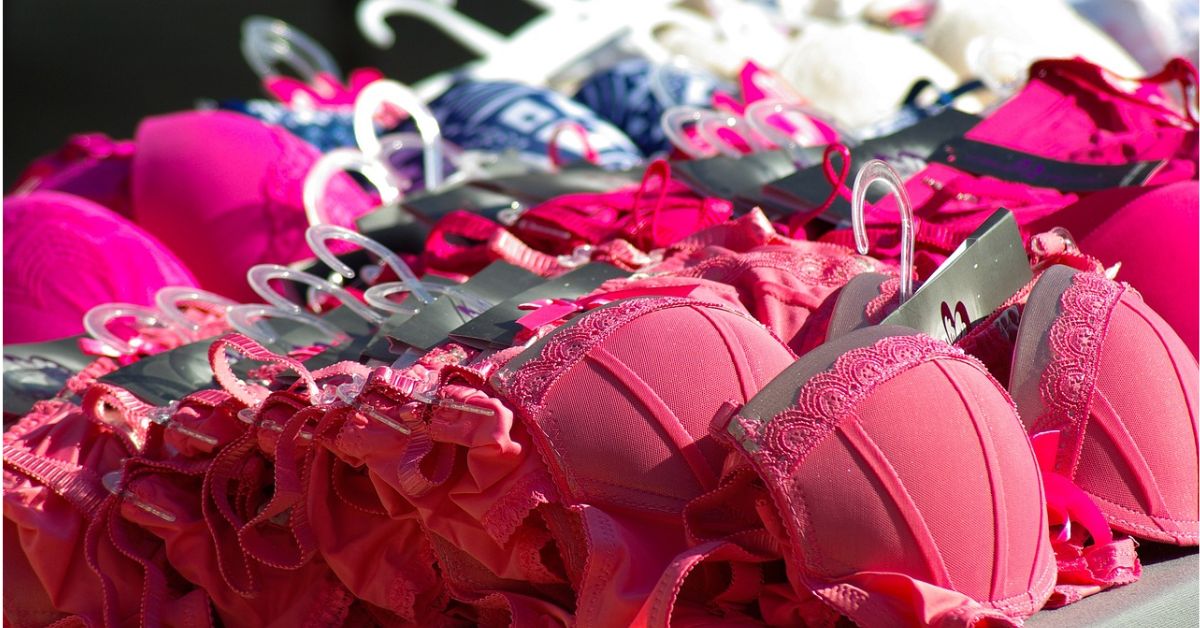Finding the right bra size is essential for comfort and support. Ill-fitting bras can cause discomfort, back pain, and posture issues. Measuring your bra size accurately is a simple process that you can do at home with just a measuring tape. This guide will show you how to measure your band and cup size and find the perfect fit.
Why is Wearing the Correct Bra Size Important?
Wearing the right bra size impacts your comfort and posture. A well-fitted bra:
- Provides adequate support.
- Prevents back, shoulder, and neck pain.
- Enhances your appearance by improving posture.
- Reduces the risk of skin irritation from tight straps or underwires.
What You’ll Need to Measure Your Bra Size
Before you begin, gather the following items:
- A soft measuring tape.
- A mirror to ensure accuracy.
- A non-padded bra for the best measurement results.
Step-by-Step Guide on How to Measure Your Bra Size
1. Measure Your Band Size
Your band size is the circumference of your rib cage directly under your bust.
- Step 1: Stand in front of a mirror with your arms at your sides.
- Step 2: Wrap the measuring tape snugly around your rib cage, right under your bust.
- Step 3: Make sure the tape is parallel to the ground and not twisted.
- Step 4: Write down the number in inches. If it’s an odd number, round it up to the nearest even number for your band size.
2. Measure Your Bust Size
Your bust size is the fullest part of your chest.
- Step 1: Wrap the tape around the fullest part of your bust, ensuring it’s parallel to the ground.
- Step 2: Keep the tape comfortably loose, but not sagging.
- Step 3: Note the measurement in inches.
4. Putting It All Together
Once you’ve determined your band and cup size, combine the two to find your complete bra size. For example, if your band size is 34 and your cup size is C, your bra size is 34C.
Common Bra Size Issues and How to Solve Them
Even after measuring, it’s possible to experience fit issues. Here are some common problems and solutions:
- Straps digging in: Try loosening the straps or selecting a bra with wider straps for better support.
- Band riding up: This could indicate the band is too large. Go down a band size.
- Gaps in the cups: A gap between the cup and your breasts suggests the cup size is too large. Try going down a cup size.
Tips for the Perfect Bra Fit
- Try different styles: Different bra styles suit different body shapes. Experiment with balconette, full coverage, or plunge styles to find the best fit for you.
- Re-measure regularly: Your bra size can change due to weight fluctuations, hormonal changes, or aging. Re-measure every six months to ensure you’re wearing the correct size.
- Check the fit in multiple positions: Make sure the bra fits well when you’re sitting, standing, and moving.
Conclusion
Measuring your bra size at home is simple and crucial for comfort and support. By following these steps, you can ensure a better fit that enhances both your health and appearance. Remember to recheck your size regularly and explore different styles to find the perfect bra for your needs.
Read also: Safeguard your home and health with bed bug control Hamilton Ontario




